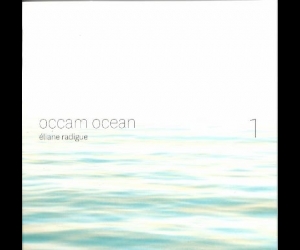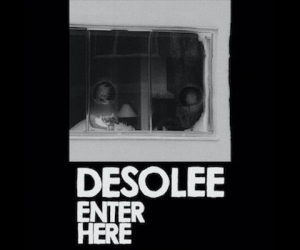
Danielle Shlomit Sofer’s Sex Sounds sets the reader on the hunt for things missing in most discussions of electronic music: sex, sexuality, libidinal drive. Guided by Sofer, once we start looking for the missing element of sex in electronic music, we begin to see it everywhere.
Sofer’s focus is firmly trained on electronic works composed by canonical new music composers: Pierre Schaeffer and Pierre Henry, Luc Ferrari, Annea Lockwood, Pauline Oliveros, and Barry Truax. (Donna Summer and TLC also feature as chapter-length case studies.) The concern in Sex Sounds is the stickier ethical questions posed by the new technologies of music-making that began to proliferate after World War II. In different ways, tape-based, synthesized sound, both analog and digital, and computer-assisted composition became intertwined with the politics of eros, a phenomenon that Sofer names the “electro-sexual.” Of particular centrality are the feminized voice, whether real or simulated, and the various formal summonings of the rise to climax common to hegemonic scripts of heterosexual union.
Closely related to electro-sexuality is the category of the acousmatic, a term borrowed by Michel Chion and others from Greek philosophy (where it referred to pedagogical methods favoring the obfuscation of the teacher by means of a cloth or screen in order to provide as clear a transmission between the mouth of the lecturer and the ear of the student). Nothing about acousmatic communication, however, leads to the reduction of noise in the transmission of messages. When the visual drive is frustrated, the psyche’s propensity for fantasy kicks in. For Sofer, electronic music has a particularly close connection to the part of fantasy life that is at play in sexual desire. Thus, pieces like Ferrari’s Presque rien avec filles, which hones in voyeuristically on the voices of anonymous young women having a picnic—a sort of avant la lettre audio version of creepshotting––hold enormous analytic interest, especially as compared to feminist interventions in sounding the erotic, like Annea Lockwood’s orgasmic Tiger Balm or Pauline Oliveros’ playful score for Annie Sprinkle’s Sluts and Goddesses video workshop.
sSofer’s close readings are vivid, sometimes brilliant, and occasionally frenetic. There are at least three different books vying for space in Sex Sounds, and the turn from musicological procedure (transcription and spectrum analysis, for example) to philosophical speculation is at times hard to follow. It seems that a deeper engagement with the literature of feminist science and technology studies might provide the connective tissue that is lacking. The music under the microscope here, after all, is the product of a wider cultural revolution in attitudes, mores, and technology in the unfolding of the sexual revolution during the doldrums of neoliberalism. Electronic music since the 1970s has been embedded in a broad culture of accumulation rooted in marketized hedonism, as well as a doubling down in the mainstream on fear mongering regarding the ostensible corrosions of a society organized around pornography, so-called deviant sexuality, violence, vulgarity, and crumbling infrastructure. Electronic musics of different sorts have also been central to a variety of contradictory but nevertheless utopian projects organized around the exploration of counter-hegemonic sexualities and the carving out spaces of joy and pleasure in the midst of widespread abandonment and harassment. A followup volume that took on other close readings—perhaps of Arthur Russell, Sarah Hennies, Blectum from Blechdom, or Mira Martin-Gray––might be a welcome supplement to the complicated but nonetheless intriguing analyses proffered in Sex Sounds.


